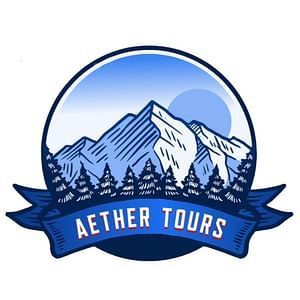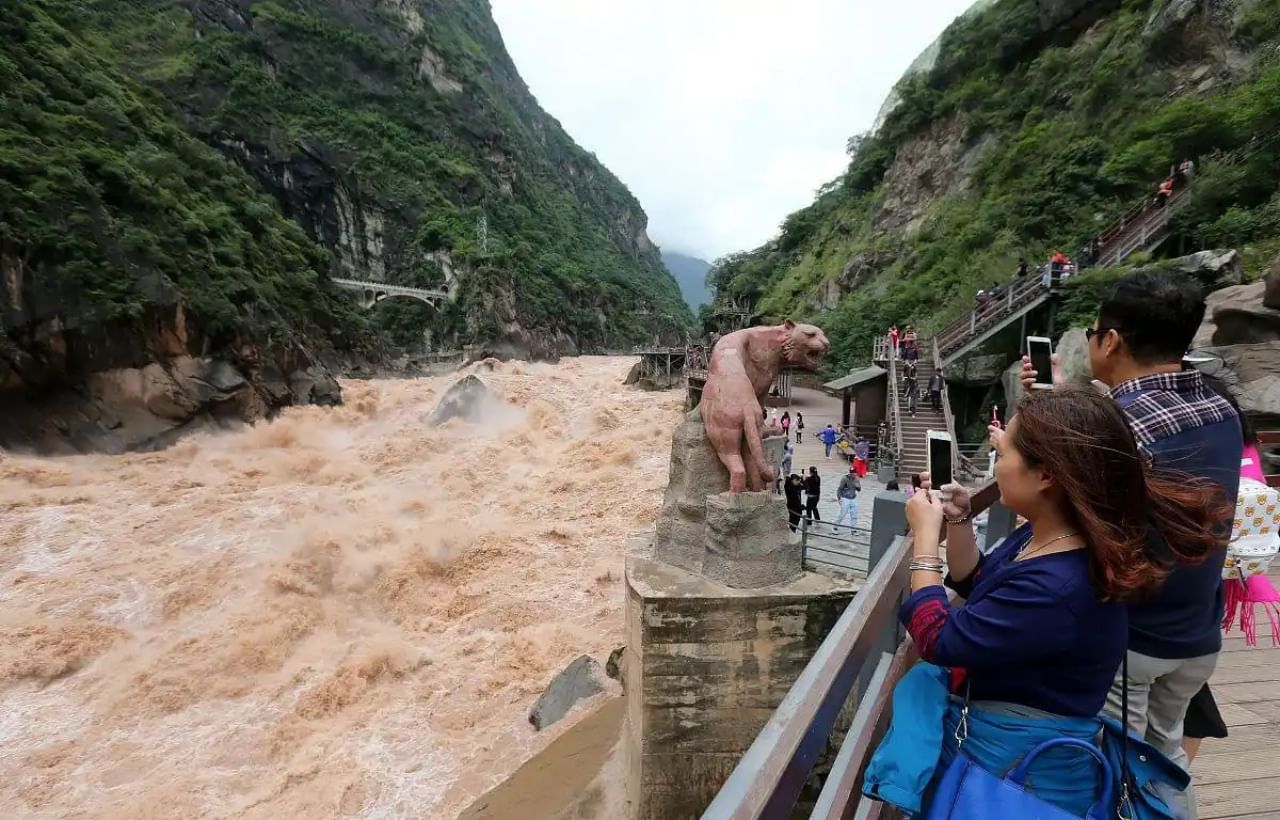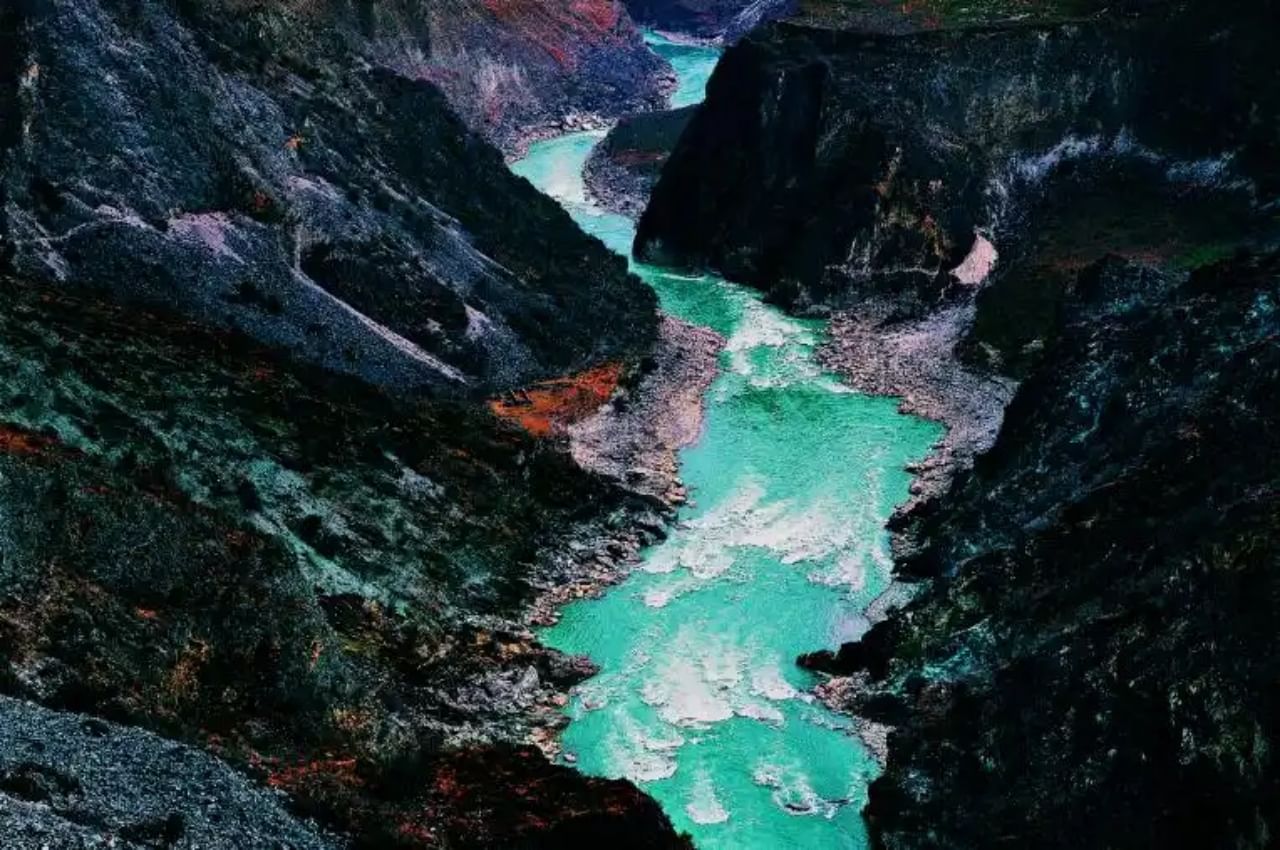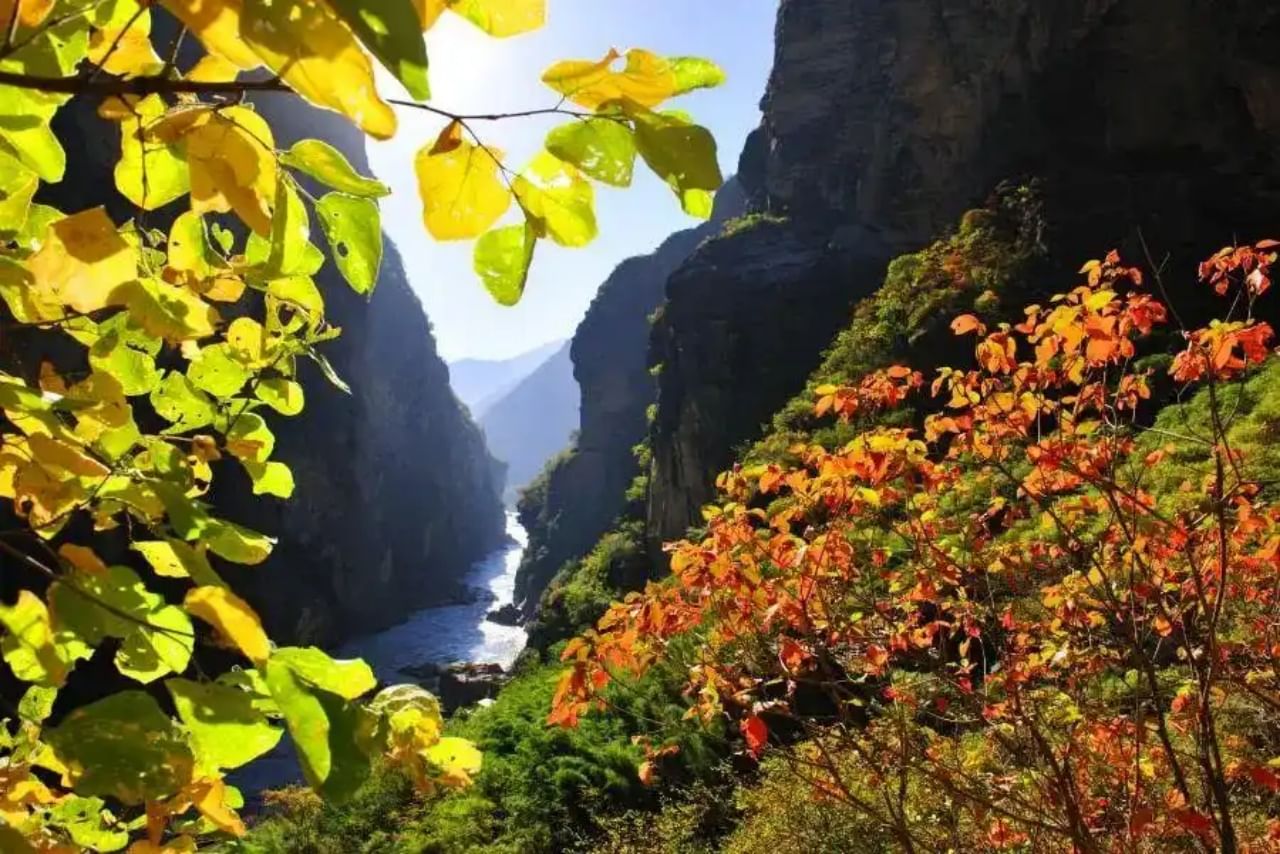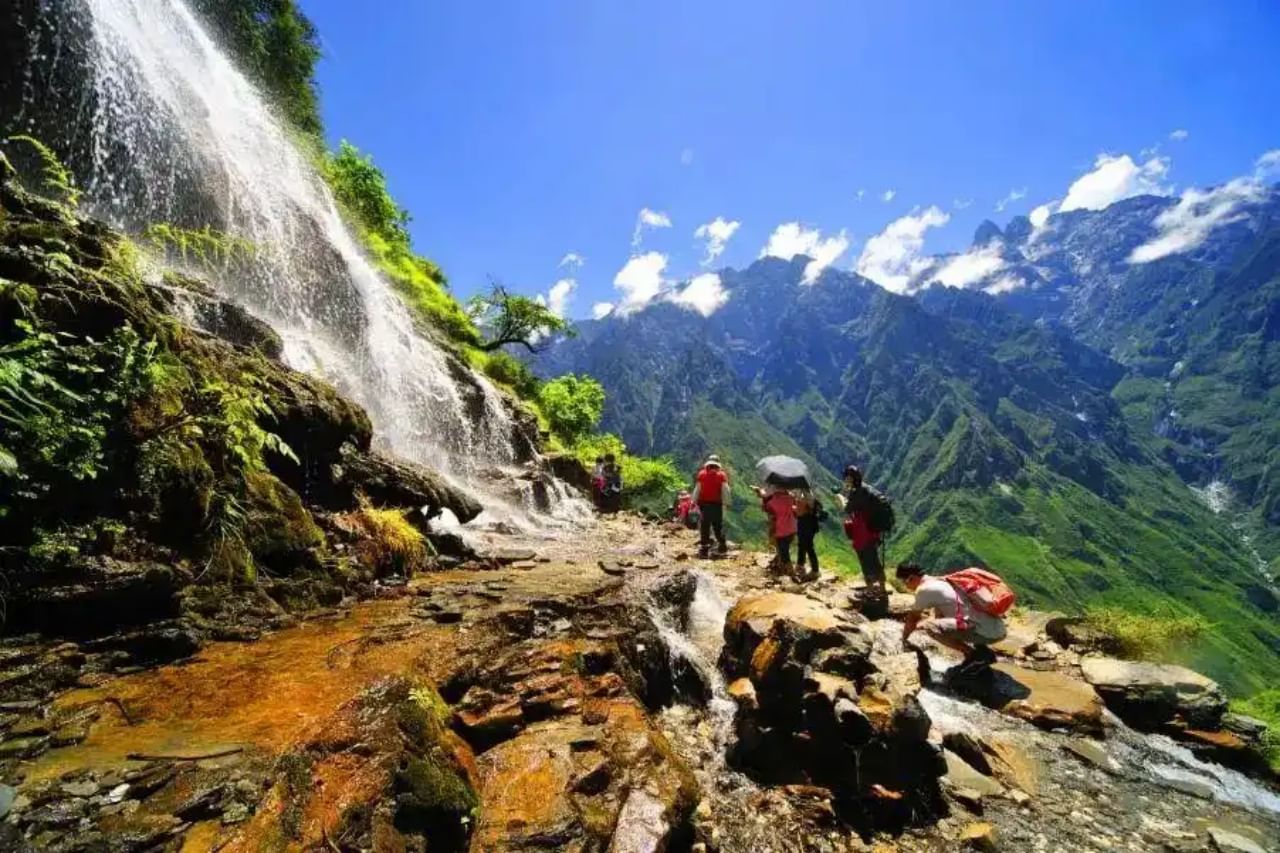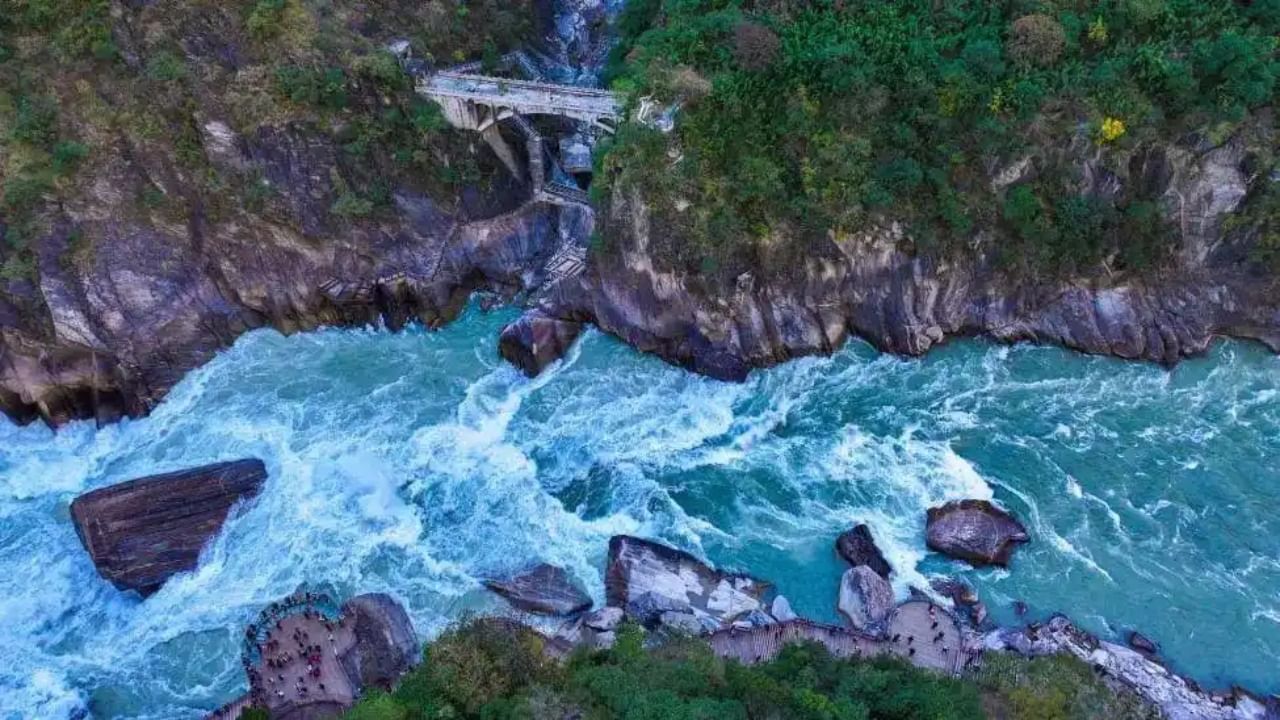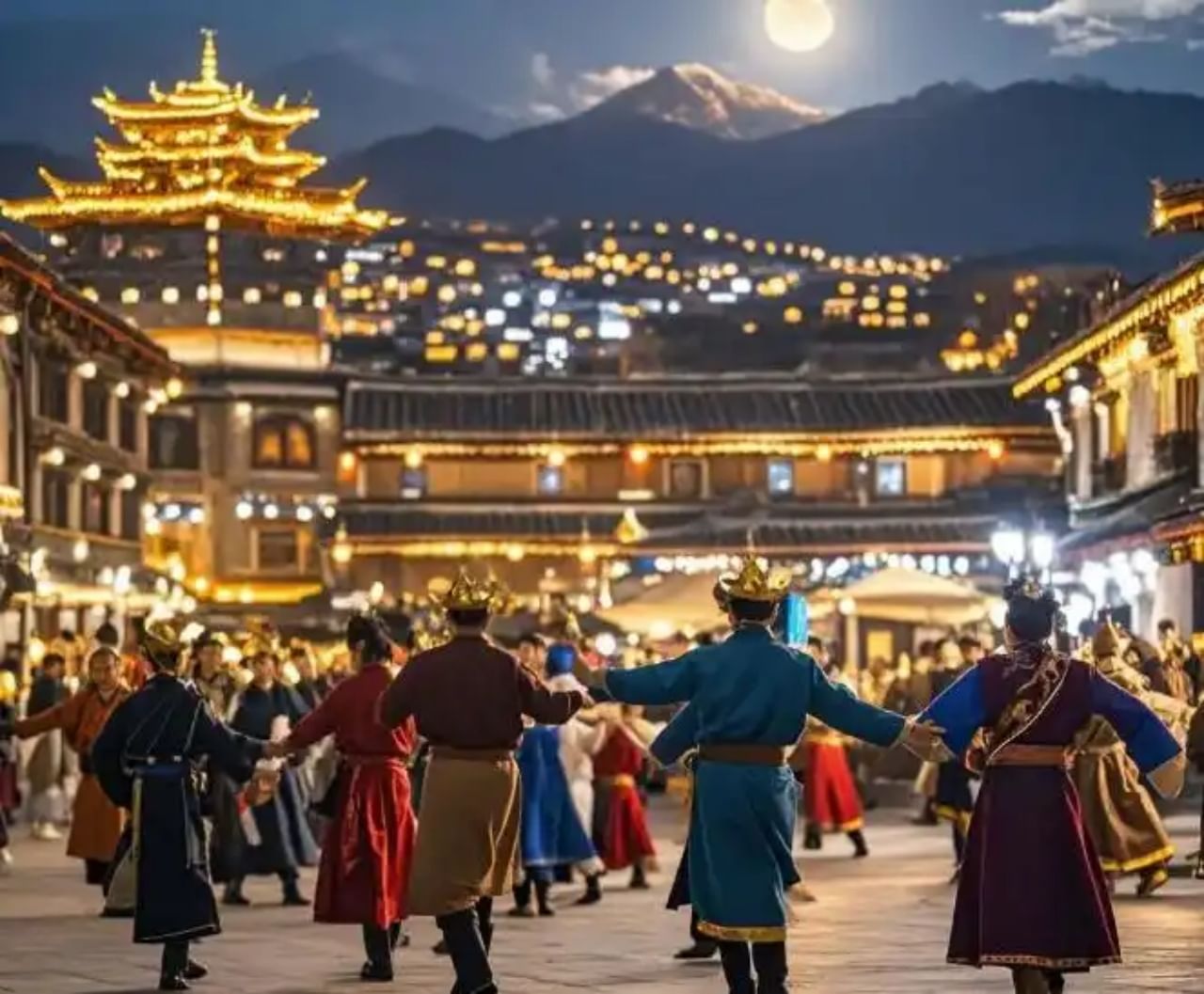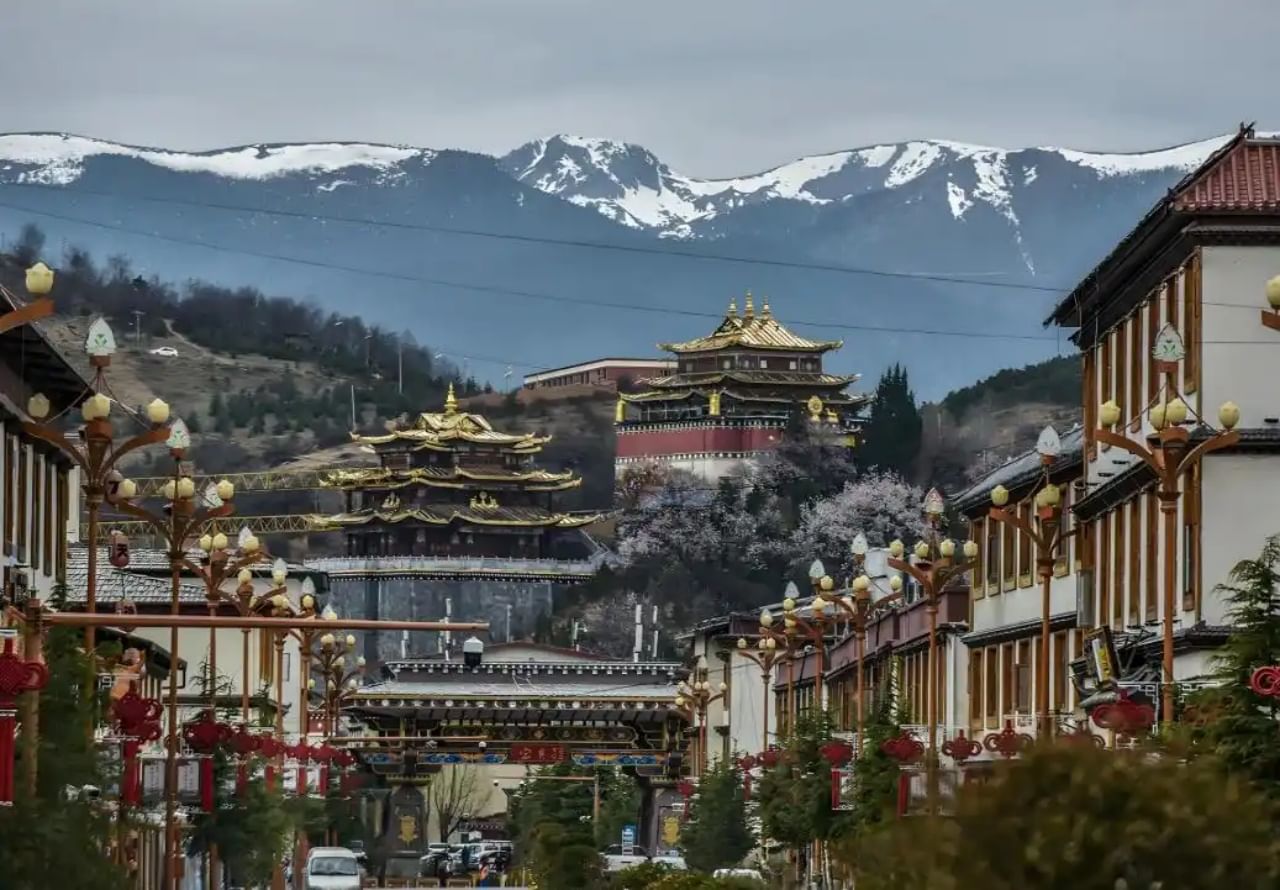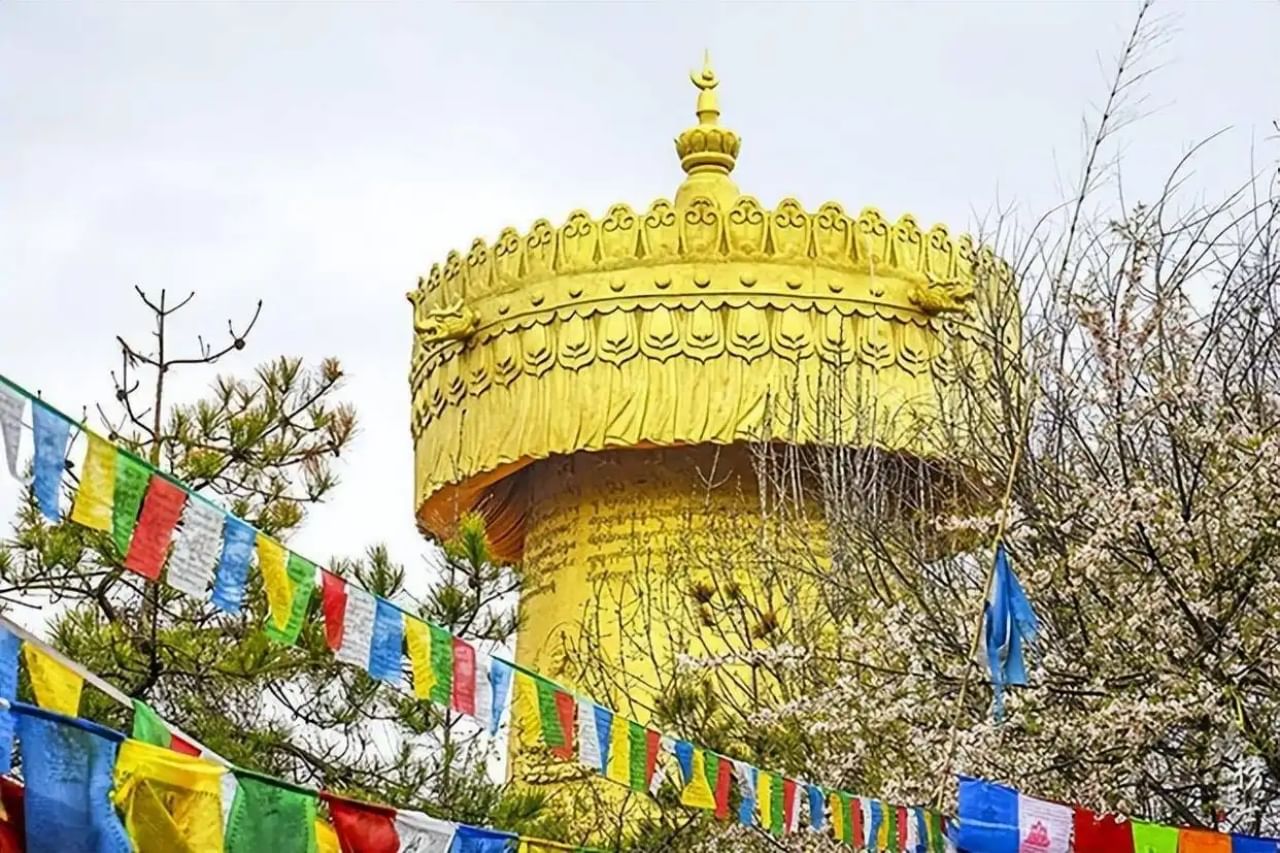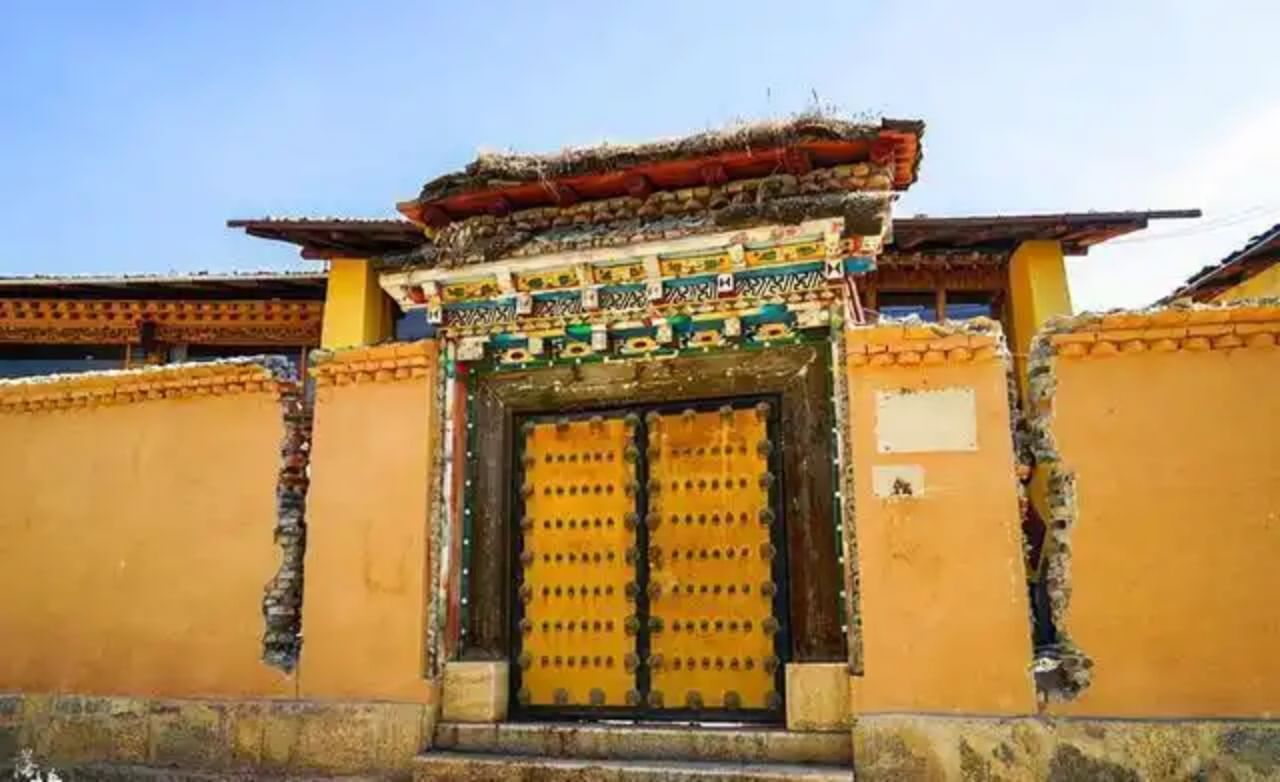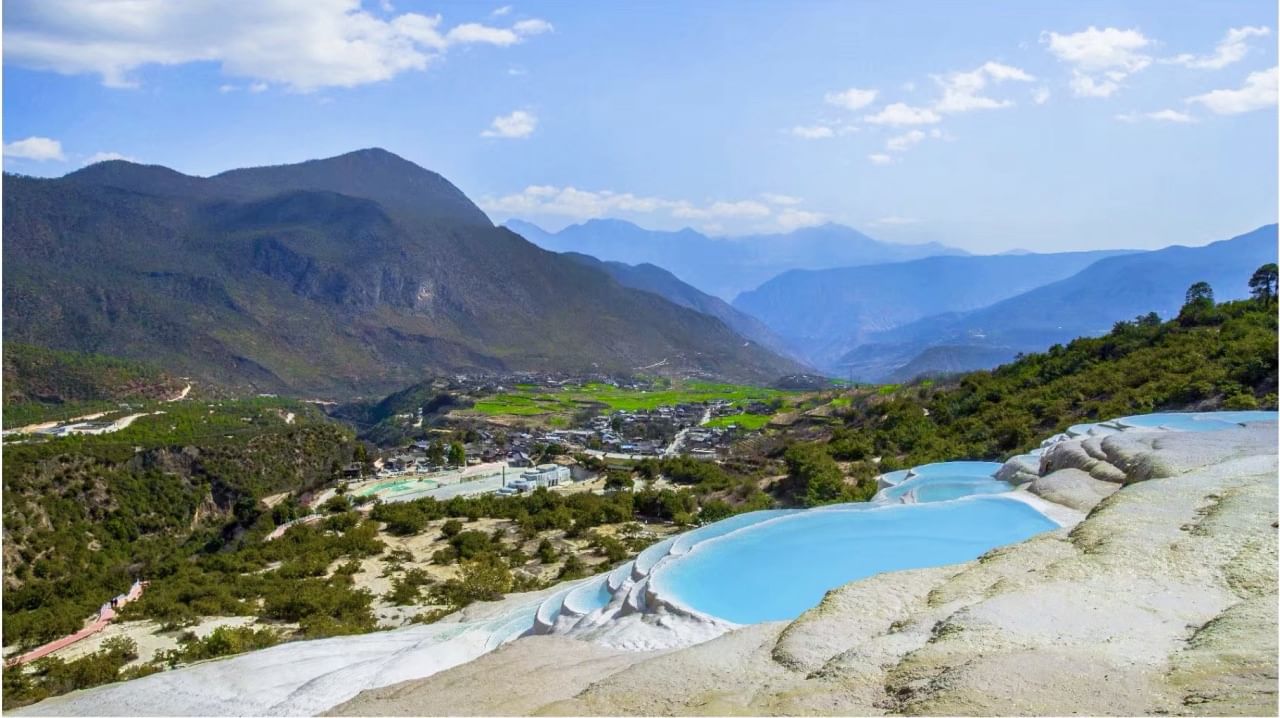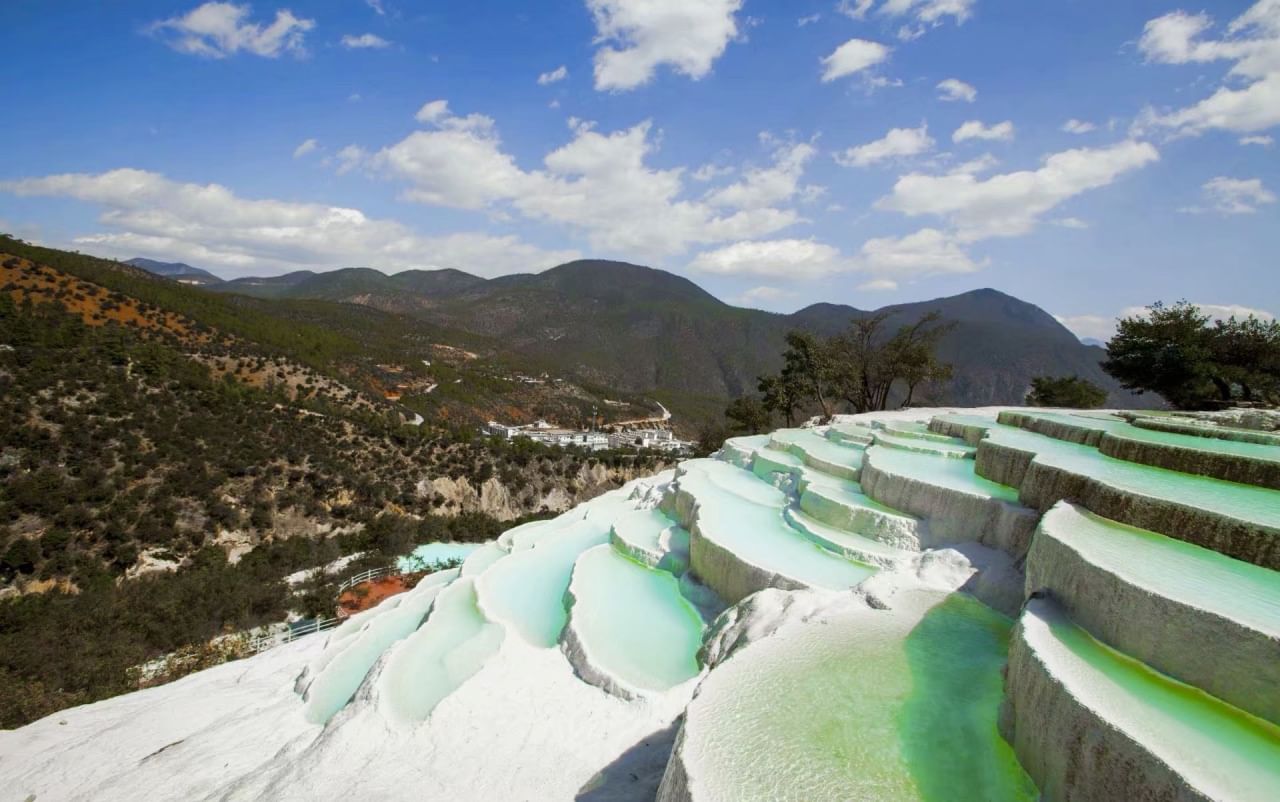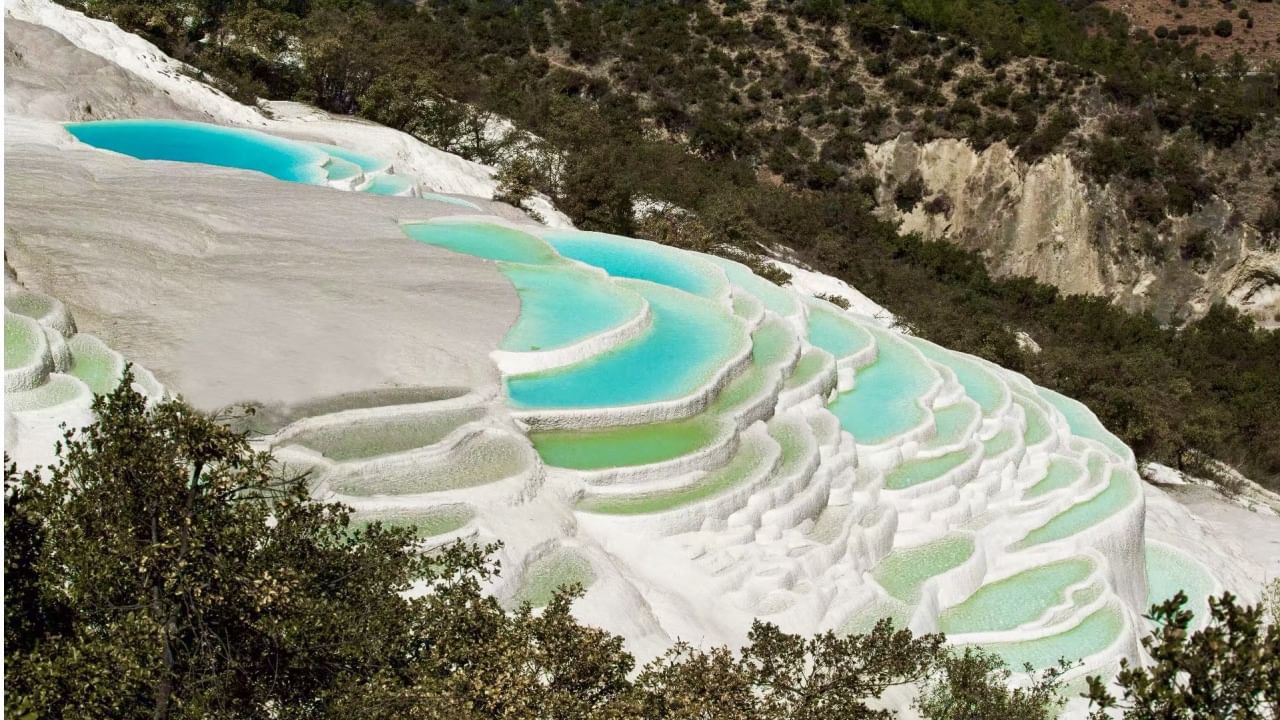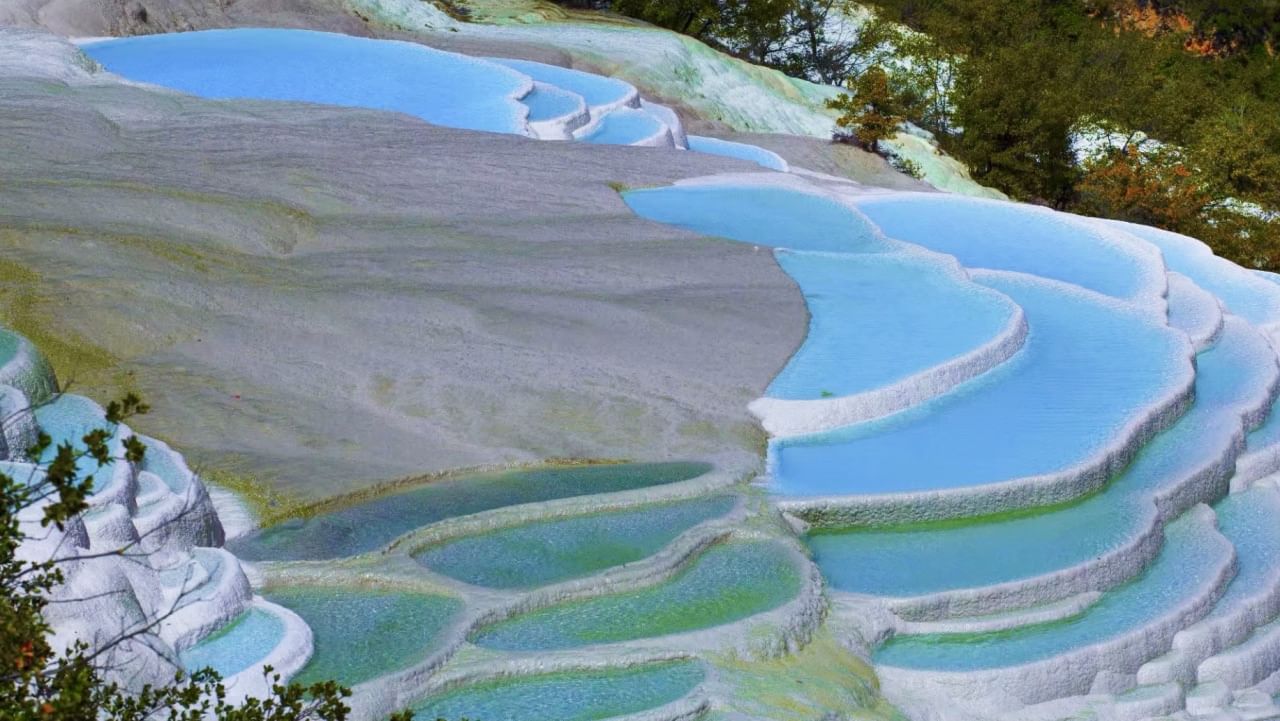{{동적_페이지_컬렉션.제목}}
10 hours
Easy
{{dynamic_page_collection.발췌}}
무엇이 포함되나요?
- Round-trip or one-way Private vehicle with Hotel Pickup/Dropoff
- Lijiang to Shangri-La or Shangri-La to Lijiang
- English-speaking private guide (option)
제외 사항
- Tiger Leaping Gorge Admission (CNY45)
- White Water Terrace Admission (CNY30)
- Pudacuo National Park Admission (CNY138)
- Sumtseling (Songzanlin) Monastery Admission (CNY90)
- Tips and gratuities
- Meals and beverages
- Personal expenses
참고해주세요
Traveling from Lijiang to Shangri-La (or vice-versa) via Hu Xiang road is a stunning journey through majestic landscapes, deep gorges, and Tibetan culture. Here’s everything travelers should know before embarking on this adventure:
TRAVEL & WEATHER CONDITIONS
- DRIVING TIME - 200 km (4-5 hours non-stop, but a full day with sightseeing stops).
- ROAD QUALITY - Mostly well paved, but winding mountain roads require careful driving.
- ALTITUDE CHANGE - Lijiang (2,400m), Shangri-La (3,200m). Be mindful of altitude sickness.
- WINTER (Dec-Feb) - Possible snow and icy roads—check conditions before travelling.
- RAINY SEASON (June-August) - Landslides and slippery roads can cause delays.
- SPRING & AUTUMN (Best Season) - Clear skies, mild temperatures, and beautiful scenery.
HIGH ALTITUDE AND HEALTH CONSIDERATIONS
- SYMPTOMS - Mild headaches, dizziness, nausea, or breathlessness can occur due to altitude.
- Preventions Tips:
- Stay hydrated and avoid alcohol/caffeine.
- Ascend gradually-spend a night in Lijiang before heading to Shangri-La.
- Take it slow upon arrival and avoid strenuous activity for the first few hours.
- Carry altitude sickness medication if you are prone to symptoms.
SIGHTSEEING AND CULTURAL TIPS
- Respect Tibetan and Naxi Traditions.
- Always ask before photographing locals.
- Be polite and avoid discussing sensitive topics.
- In Monasteries;
- Remove hats and sunglasses before entering.
- Do not touch prayer flags or religious objects.
- Some monasteries and cultural sites prohibit photos.
- Dress modesty and avoid disturbing monks in prayer.
- DINING- Try local specialties like Tibetan butter tea, yak meat, and barley cakes.
- Buy Souvenirs from local artisans to support Tibetan and Naxi communities.
- Check local festivals, Tibetan and Naxi festivals can add a unique cultural experience.
OTHER PRACTICAL TIPS
- Book accommodations early, especially during peak seasons.
- Plan extra travel time in case of road delays or weather changes.
- PRIVATE DRIVER/GUIDE - Recommended for a stress-free, safe, and comfort.
무엇을 가져와야 하나요?
Since this route involves altitude changes and diverse weather, here’s a seasonal packing guide to keep travelers comfortable and prepared.
WINTER (Dec–Feb)
Cold & Dry, Possible Snow (-10°C to 10°C)
- MUST BRING:
- Thick winter coat – Down jacket or insulated parka
- Thermal base layers – Essential for warmth
- Gloves, hat, scarf – Protect against the cold wind
- Warm hiking boots – Waterproof with good grip for icy paths
- Moisturizer & lip balm – Dry mountain air can be harsh on the skin
- Sunglasses & sunscreen – Sunlight reflects off the snow, increasing UV exposure
- Hand warmers – Useful for long road trips in cold temperatures
- Altitude sickness medication – Cold weather can make symptoms worse
SPRING (Mar–May)
Pleasant Days, Chilly Nights (5°C to 20°C)
- MUST BRING:
- Layered clothing – Fleece jacket + light windproof/waterproof jacket
- Hiking shoes – Comfortable for exploring trails
- Sunglasses & sunscreen – Strong UV rays at high altitudes
- Rainproof jacket – Occasional spring showers
- Water bottle & snacks – Some remote areas have limited food options
- Tissues & wet wipes – Useful for rest stops along the way
- PRO TIP: Spring wildflowers are in full bloom—bring a camera or binoculars for scenic photography.
SUMMER(Jun–Aug)
Warm & Rainy (10°C to 25°C, Afternoon showers)
- MUST BRING
- Light, breathable clothing – Quick-dry T-shirts and hiking pants
- Rain gear – Waterproof jacket or poncho (afternoon rain is common)
- Insect repellent – Mosquitoes in lower-altitude areas
- Hiking sandals & sturdy shoes – Waterproof shoes for muddy trails
- Sun hat & sunscreen – Strong sun exposure at high altitudes
- PRO TIP: Start hiking early in the morning to avoid afternoon thunderstorms.
AUTUMN (Sep–Nov)
Crisp Air, Stunning Fall Colors (0°C to 18°C)
- MUST BRING:
- Layered clothing – Fleece + windproof jacket
- Sturdy hiking shoes – Perfect for trekking in Tiger Leaping Gorge
- Sunglasses & sunscreen – Clear skies mean strong sun exposure
- Lip balm & moisturizer – Dry mountain air can cause chapped lips
- Power bank – Limited charging options in rural areas
- Cash – Some small guesthouses or villages may not accept digital payments
- PRO TIP: Best season for photography—bring a tripod for sunrise/sunset shots over the mountains.
ALTITUDE & HEALTH ESSENTIALS
- MUST-HAVE MEDICATIONS:
- Altitude sickness pills(e.g., Diamox) – Start taking 1-2 days before heading to Shangri-La.
- Motion sickness pills – For winding roads (especially Tiger Leaping Gorge).
- Pain relievers & first aid kit – Headaches can be common at high altitudes.
- Electrolyte powder – Prevent dehydration.
- PRO TIP: Chewing gum or ginger candy can help reduce nausea from high-altitude roads.


